An dong gotak Esanru [Korea Quality] / 안동고택 이상루 [한국관광 품질인증]
9.7Km 2020-09-10
3193-6, Pungsantaesa-ro Seohu-myeon, Andong-si, Gyeongsangbuk-do
+82-54-843-3328 / +82-10-3522-1542
'Andong City in Gyeongsangbuk-do Province is a town of culture and folk traditions where one can trace the long history of eminent families. It is also a symbol of time-honored tradition to the extent that the name Andong reminds people of traditional Korean hanok houses. Isangru, an ancient hanok house with a history of 2,590 years, located in the foothills of Mt. Cheondeungsan, served as a venue for the memorial rite for Kim Seon-pyeong, the progenitor of the Andong Kim clan and a meritorious government official during the reign of King Taejo of the Goryeo Dynasty. Isangru, meaning ‘a tall majestic building built on frosty ground’, is a two-story wooden building with a tiled roof characterized by elegant curves that form a half-hipped shape when viewed from the side. The house consists of two accommodations, Taejangtaesa and Isangru, arranged in a ‘ㅁ’ shape. The large door located in the middle of the ground floor offers an open view of the beautiful natural environment including a pine grove, a pond, and wild flowers. Built in 1750, this hanok house shows its age in its wooden pillars, stone walls, and interiors decorated with wooden engraving on the handrail. Guests can stay in a room heated with wood in winter, or in a tent for a different experience in summer. The house has been well maintained with various repair works, and underwent extensive renovations, including the wallpaper and floors, in 2013. Although it is close to a road, the house is surrounded by old trees, creating the impression that it is situated in the middle of a dense forest. A path runs between ancient pine trees on the road leading to the house. There is a pond with water lilies and white lotus flowers in front of the house, while various species of wild flowers including big blue lily turf, plantain lily, montane aster, and asters come into full bloom around the house in their respective seasons. Fully maintained by the Andong Kim clan, Isangru is a large structure that can accommodate many people and is used to hold clan assemblies. This tall building is also used as a venue for concerts, seminars and traditional hands-on experience programs for students, including tea ceremony, masked dance, natural dyeing, hanji (Korean paper) crafts, and filial duty education programs. The house also offers guests a traditional nobleman’s dining table including various wild vegetable dishes for breakfast. Isangru is popular among Korean and foreign guests who want to experience traditional Korean culture or enjoy a relaxing stay with their parents amid beautiful nature. In addition, it is located between Hahoe Folk Village and Dosanseowon Confucian Academy in Andong, and offers easy access to other nearby tourist attractions including Bongjeongsa Temple, which is the oldest wooden building in Korea and is just three minutes’ drive away, and the two-hour-long Dulegil Trail.
Village Gunja à Andong (Site des reliques Ocheon) (안동 군자마을(오천유적지))
9.9Km 2021-03-16
29, Gunjari-gil, Waryong-myeon, Andong-si, Gyeongsangbuk-do
+82-54-852-5414
Le site historique Ocheon est un village reconstitué lors de la construction du barrage Andong en 1974. Le village originel fut fondé par Kim Hyo-Ro, ancêtre de la branche Yean de la famille Kim de Gwangsan, et habité pendant 600 ans par ses descendants.
Dans ce site se trouvent des biens culturels nationaux tels que Takcheongjeong et Hujodang (voir plus bas).
Le site inclut le musée Sungwongak où sont exposés de précieux documents rédigés par les membres connus de cette famille ainsi que les actes d'état civil et divers titres de possessions de terres et d'esclaves. Parmi eux ont été déclarées "trésor" par l’Etat coréen 7 catégories de documents anciens répartis dans 429 pièces différentes et 13 catégories de livres des records englobant 61 volumes.
Takcheongjeong
C’est un pavillon annexé à la maison principale de la branche Yean de la famille Kim de Gwangsan. La maison a été construite en 1541. Pour un bâtiment de ce genre, il est plutôt majestueux et imposant, ce qui le fait considérer comme un important bien culturel. La plaque portant le nom du bâtiment a été placée sous le toit et au-dessus de la porte de l’immeuble. Elle a été écrite par Han Ho, un des trois grands calligraphes de la dynastie Joseon.
Hujodang
C’est une résidence secondaire appelée Byeoldang. Elle est annexée à la maison principale de la branche Yean de la famille Kim de Gwangsan. L’année de sa construction est ignorée, mais on sait qu'elle a été élevée par Kim Bu-Pil (1516~1577).
Immeuble séparé de la maison principale, un Byeoldang se divise en deux zones : Byeoldang extérieur et Byeoldang intérieur.
La première était utilisée pour le repos et la méditation des hommes de la maison, alors que la seconde était destinée aux grand-mères ou aux filles approchant l’âge de se marier.
Hujodang est un Byeoldang extérieur.
Bap Jal Haneun Jip (밥잘하는집)
10.7Km 2021-03-26
31, Gwiyeori-gil, Andong-si, Gyeongsangbuk-do
+82-54-852-0010
It is a place where you can enjoy various Korean dishes. This Korean dishes restaurant is located in Andong-si, Gyeongsangbuk-do. The representative menu is beefbulgogi.
Hakgasan Chamma Sikdang(학가산참마식당)
10.7Km 2021-04-09
677, Bukpyeong-ro, Andong-si, Gyeongsangbuk-do
+82-54-868-7456
It is a good house with delicious dishes including fresh yams, where side dishes are cooked every morning. This Korean dishes restaurant is located in Andong-si, Gyeongsangbuk-do. The most famous menu is bulgogi.
Yedam (예닮)
10.7Km 2021-03-30
78-28, Gwiyeori-gil, Andong-si, Gyeongsangbuk-do
+82-54-842-3131
A restaurant frequently introduced in Korean gourmet programs. The best menu at this restaurant is set menu with grilled salted mackerel. This Korean dishes restaurant is located in Andong-si, Gyeongsangbuk-do.
Byeolcheongung (별천궁)
11.0Km 2021-03-30
141, Bongjeongsa-gil, Andong-si, Gyeongsangbuk-do
+82-54-857-4168
It is a restaurant with a hanok interior. This restaurant's signature menu is set menu with grilled salted mackerel. This Korean dishes restaurant is located in Andong-si, Gyeongsangbuk-do.
Oryuheon House / 오류헌
11.4Km 2025-08-12
18-15, Gireumaje-gil, Andong-si, Gyeongsangbuk-do
Oryuheon House, located near Imhaho Lake in Andong, Gyeongsangbuk-do, offers a chance to stay in a historic house from the Joseon period. The house, also known as Mogwa House, was built by Kim Won-jung, the third son of Sukjong-era rector of the National Academy Kim Bang-geol, when he formed a family of his own in 1678. It was designated as the National Folk Cultural Heritage No. 184. The door’s wooden frame and the open floor space exemplify the beauty of the literati house of the Joseon period, while the sarangchae (men’s quarters) and daemunchae (gate quarters) showcase the sophisticated architecture of the era. Anchae (women’s quarters) retains its original appearance, while the sarangchae was rebuilt in 1920. The construction of the Imha Dam in 1990 resulted in the house’s relocation to its present location.
The owner of the house resides in anchae and sarangchae. Guests have access to a space that includes a 2-kan room, which can accommodate up to 4, an open floor space, and a bathroom. Cooking is prohibited in the house, but guests can make use of a grill located on a small yard reserved for the guests. Korean-style breakfast, including menus like chicken porridge or lotus leaf rice, are offered free of charge in the morning. Nearby sights include the water sports activities in Imhaho Lake, Manhyujeong Pavilion, Hahoe Village, and Dosanseowon Confucian Academy.
Jukheon Traditional House[Korea Quality] / 죽헌고택 [한국관광 품질인증]
11.6Km 2020-12-10
24, Taejangjukheon-gil, Seohu-myeon, Andong-si, Gyeongsangbuk-do
+82-10-5217-2174
Located near Bongjeongsa Temple in Andong, Gyeongbuk, the Historic House of Jukheon (Gyeongsangbuk-do Folk Cultural Heritage No. 146) was built in 1886 by renowned independence fighter Kim Ga-jin (1846-1922) and sold to Yi Hyeon-chan (courtesy name: Jukheon) in 1890. The house is now used as the shrine (Jaesa) of his family. It would be a great cultural experience for anybody to welcome the rising sun at a historic building such as this.
Meeting the sunrise from this historical heritage is sure to be the highlight of one’s trip. The house follows the square layout characteristic to the late Joseon period houses. The house itself is surrounded by old pine trees that add to the charm of the house.
Jukheon Traditional House has four Korean traditional rooms, namely the 2-person Jukheon Gallery, Study, Elisabeth Room and the 4-person Jukheon Dongnong Room. The house demonstrates the traditional beauty of Korean houses like the wooden platform hall built upon the stone foundations, screens, and roofs with exposed beam. The screens open to the view of the stone fence and the mountains far away. Elizabeth Room was constructed to commemorate the visit of Her Majesty Queen Elizabeth II of United Kingdom to UNESCO World Heritage site Bongjeongsa Temple in 1999. ‘Queen Elizabeth Road’ stretches from the Jukheon Traditional House to the Bongjeongsa Temple, allowing the guests to trace Her Majesty’s visit with their own steps. A mill with a thatched roof, located to the side of the complex, allows the guests to experience the traditional stepping mill. The pillar of the mill building is adorned with flags from all over the world, testifying to the many international visitors who have stayed at the house. Guests can also enjoy a free breakfast of toast, coffee, and other simple fare on the open hall of the building.
Temple Bongjeongsa [Patrimoie de l'UNESCO] (봉정사[유네스코 세계유산])
12.4Km 2023-05-23
222, Bongjeongsa-gil, Andong-si, Gyeongsangbuk-do
+82-54-853-4181
Le temple Bongjeongsa a été construit par le moine Uisang durant la 12ème année de règne du roi Munmu (règne de 661~681) de la dynastie Silla. Le temple Bongjeongsa est le plus grand temple à Andong, il possède le bâtiment le plus ancien en Corée, le pavillon Geungnakjeon. Certains documents anciens affirment que Neungin Daedeuk, un disciple du moine Uisang, est à l'origine de la création du temple.
Memilkkot Pimyeon (메밀꽃피면)
12.7Km 2021-03-26
22, Seonseong 4-gil, Andong-si, Gyeongsangbuk-do
+82-54-843-1253
It is a place where the directly made soba noodles and thick broth are excellent. The best menu at this restaurant is buckwheat noodles. This Korean dishes restaurant is located in Andong-si, Gyeongsangbuk-do.
![An dong gotak Esanru [Korea Quality] / 안동고택 이상루 [한국관광 품질인증]](http://tong.visitkorea.or.kr/cms/resource/65/2579465_image2_1.jpg)
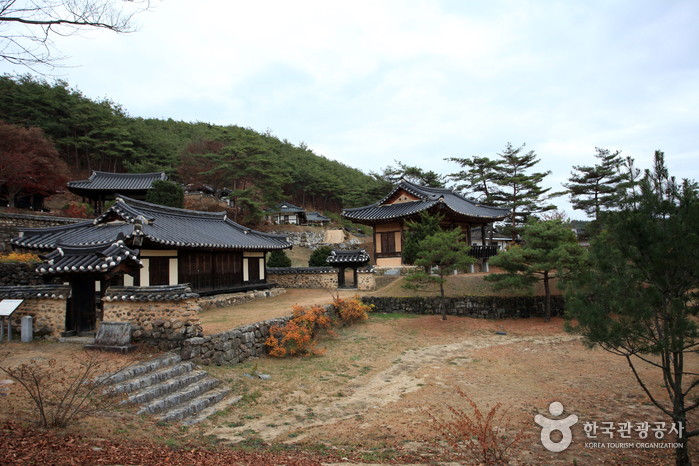
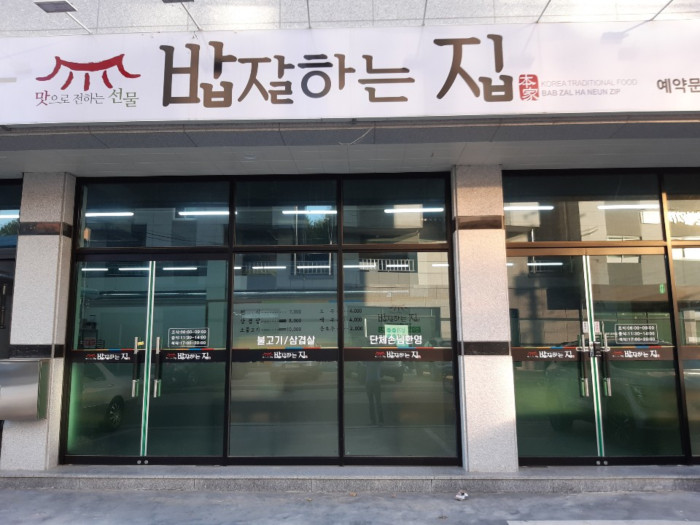
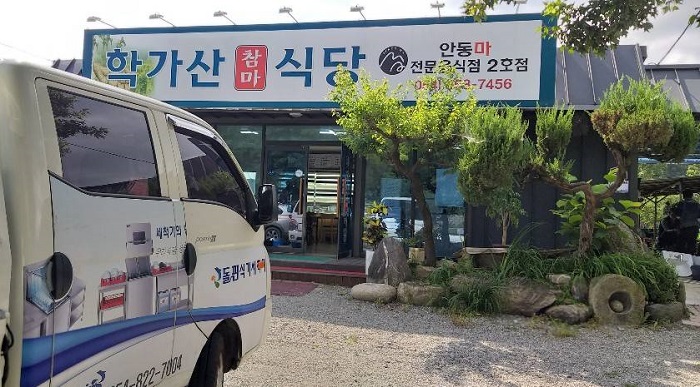
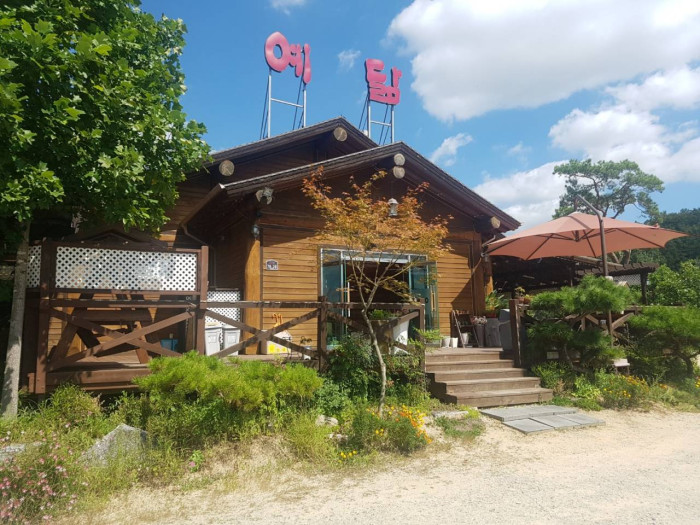
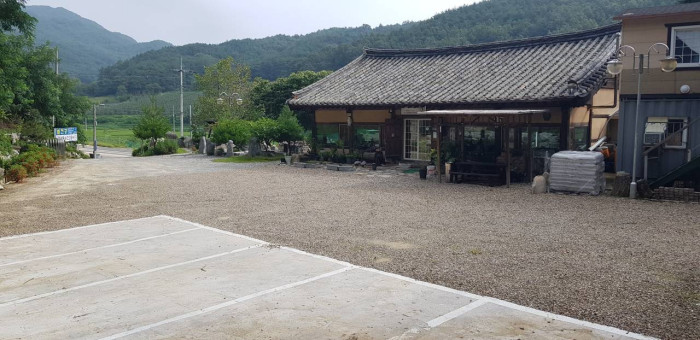
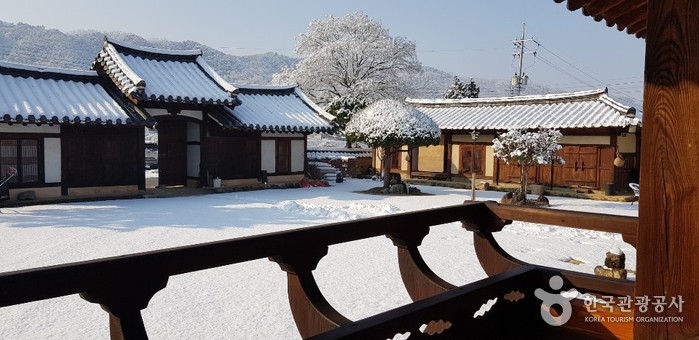

![Temple Bongjeongsa [Patrimoie de l'UNESCO] (봉정사[유네스코 세계유산])](http://tong.visitkorea.or.kr/cms/resource/16/2654216_image2_1.jpg)
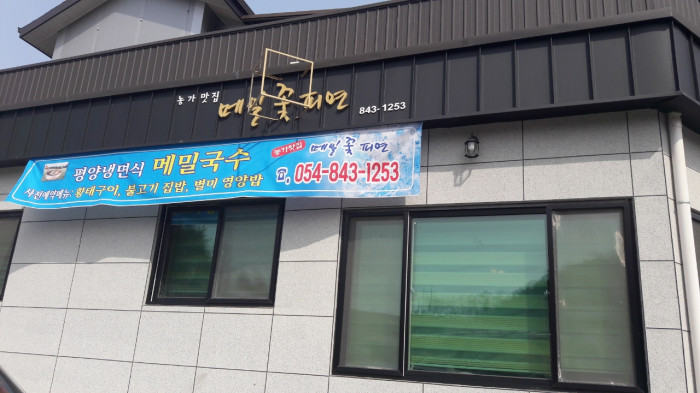
 Français
Français
 한국어
한국어 English
English 日本語
日本語 中文(简体)
中文(简体) Deutsch
Deutsch Español
Español Русский
Русский